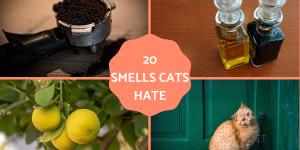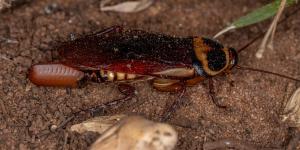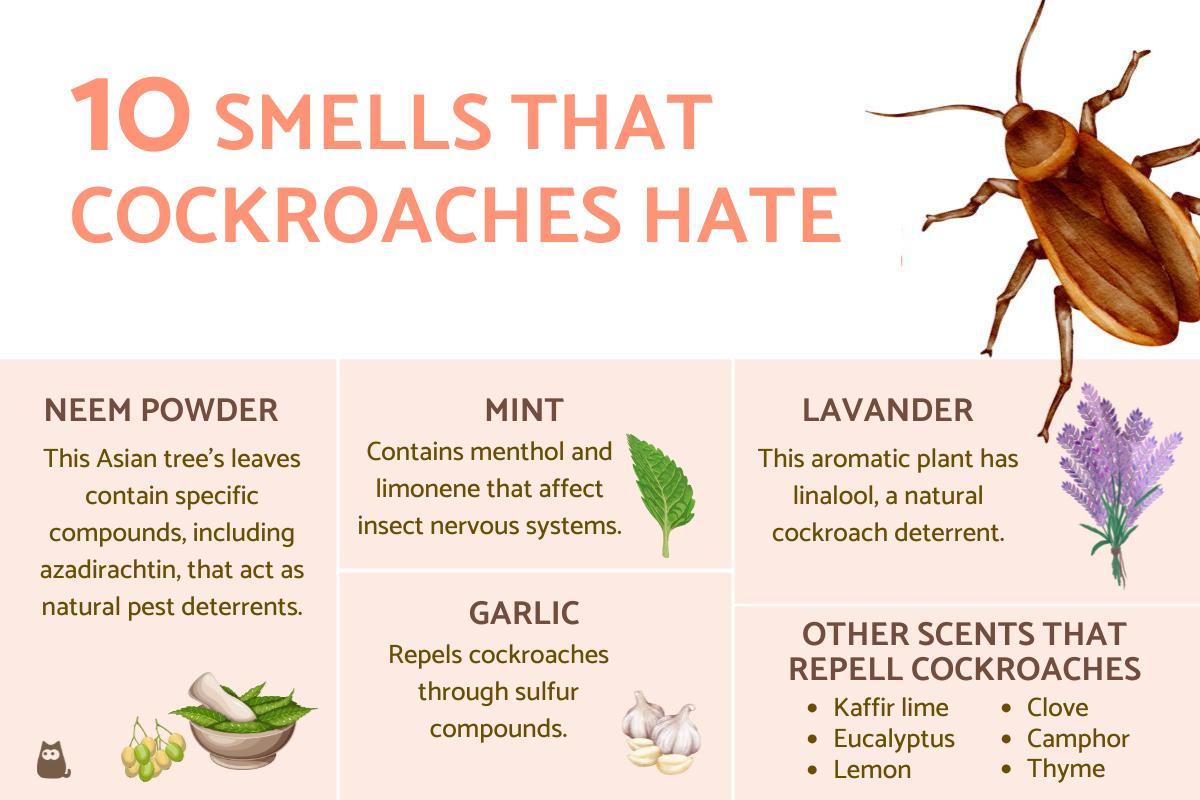What Smells Do Cockroaches Hate?

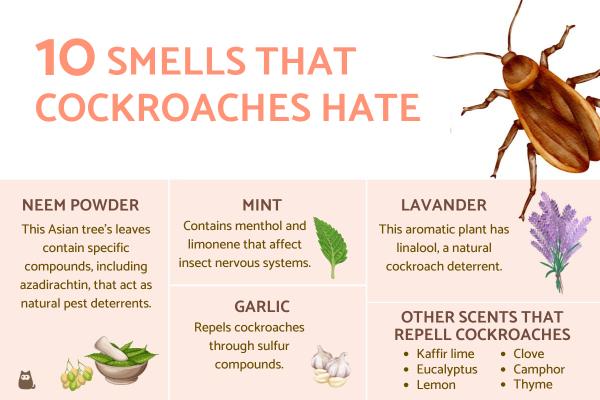
Cockroaches are among the most unwelcome pests, and getting rid of them can feel like an endless battle. But did you know that certain smells can naturally repel these resilient intruders? From common household ingredients to aromatic essential oils, these natural solutions are effective, safe, and chemical-free. Whether you're dealing with a cockroach infestation or simply want to prevent one, these tips will help you reclaim your space without harsh pesticides. Let’s dive into the scents that cockroaches can’t stand!
In this AnimalWised article, we’ll explore 10 powerful smells that cockroaches hate and how you can use them to keep your home pest-free.
Neem powder
Neem (Azadirachta indica) provides a natural way to control cockroaches in your home. This Asian tree's leaves contain specific compounds, including azadirachtin, that act as natural pest deterrents.
When dried and ground into powder, these substances interfere with cockroach behavior, making them avoid any areas where you apply the neem powder. The powder affects how cockroaches feed and develop, creating an effective barrier.
You can put neem powder to work in two ways:
- The first method involves applying the powder directly in areas where cockroaches travel, along baseboards, in corners, and under appliances like refrigerators and stoves.
- For a more versatile option, mix two tablespoons of powder with a quart of water to create a spray solution. This spray helps you treat harder-to-reach spaces behind fixtures and inside wall gaps where cockroaches often hide.
Neem powder offers an alternative to chemical pesticides, as it contains no harsh substances that could harm your family or pets. For best results, apply the powder weekly in areas where you've noticed cockroach activity, and keep these spaces clean and dry.

Kaffir lime
Kaffir lime (Citrus hystrix) offers a fragrant and natural solution for cockroach control in your home.
This Asian citrus plant's leaves and peel produce powerful essential oils that create an aromatic barrier against these unwanted pests. The oils contain natural compounds like limonene and citronellol, which disrupt cockroach movement patterns while leaving your home with a pleasant citrus scent.
To put kaffir lime oil to work, create a simple barrier spray by adding 15-20 drops of the essential oil to a spray bottle filled with a cup of water. Focus on spraying entry points like doorways, window sills, and pipe openings where cockroaches commonly enter. For ongoing protection, apply the solution to baseboards and dark corners where these insects typically travel.
For enhanced effectiveness, you can also place cotton balls soaked with 5-7 drops of kaffir lime oil in strategic locations like under sinks, behind appliances, and in cabinets. Replace these cotton balls every 5-7 days to maintain the repellent barrier.
Combat infestations more effectively by learning about cockroach reproduction in our next article.
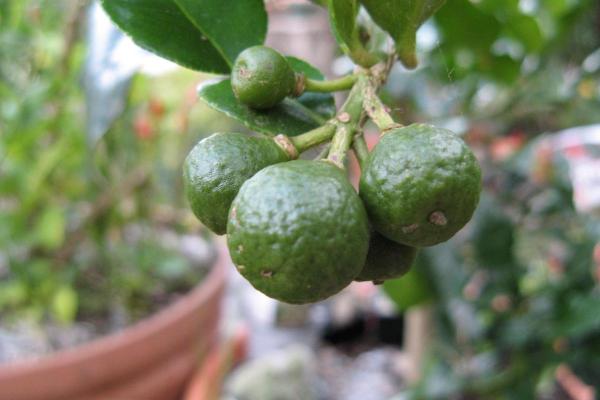
Mint
Mint provides a refreshing natural defense against cockroaches in your home. While most people know mint for its culinary uses and soothing properties, this herb contains potent natural compounds like menthol and limonene that do more than just repel cockroaches. These substances actually interfere with the insects' nervous system, making mint an exceptionally effective deterrent.
Here's how to use mint essential oil effectively:
- Create a protective spray by mixing 15-20 drops of mint essential oil with a cup of water in a spray bottle. Apply this solution along baseboards, in corners, and around potential entry points.
- For targeted protection, place cotton balls infused with 3-4 drops of mint essential oil in problem areas like under sinks, behind appliances, and inside cabinets. Replace these every 3-4 days to maintain effectiveness.
- For a longer-lasting barrier, add 10 drops of mint essential oil to a cup of baking soda. Sprinkle this mixture in areas where you've spotted cockroach activity. The baking soda helps the scent persist while adding another natural deterrent.
As an added benefit, this approach leaves your home smelling fresh and clean while naturally deterring cockroaches. Remember to reapply your chosen mint treatment weekly to maintain a consistent protective barrier.
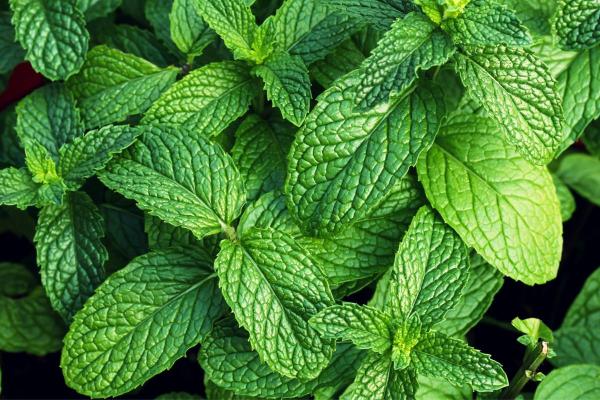
Lavender
Lavender (Lavandula angustifolia) provides a natural way to repel cockroaches. This Mediterranean plant contains linalool, a compound that disrupts cockroach behavior and drives them away from treated areas. You can use lavender in two main ways.
The essential oil method requires mixing 20 drops of lavender oil with 1 cup of water in a spray bottle. Apply this mixture to baseboards, corners, and entry points. For extra protection, add 4-5 drops on cotton balls and place them under sinks and behind furniture. Replace the cotton balls every 4-5 days.
The dried lavender method uses small bags filled with 2-3 tablespoons of dried lavender. Place these bags in drawers and enclosed spaces. Crush the buds before bagging to release more oils. Replace the bags monthly when the scent fades.
For a combined approach, make lavender vinegar by steeping dried lavender in white vinegar for 2 weeks. Mix equal parts lavender vinegar and water for cleaning. Add 10 drops of oil to your floor cleaner for additional protection.
Replace treatments regularly and rotate locations to prevent cockroach adaptation. Combine these methods with regular cleaning for best results.

Garlic
Garlic (Allium sativum) provides a natural way to repel cockroaches. This ancient medicinal plant contains sulfur compounds that create a strong odor that drives cockroaches away while disrupting their movement patterns.
Create a basic repellent by mixing 2 tablespoons of garlic powder with 1 cup of water in a spray bottle. Apply this solution around entry points, baseboards, and dark corners where cockroaches travel. Refresh the spray every 3-4 days to maintain its effectiveness.
For stronger protection, crush 4-5 fresh garlic cloves and simmer them in 2 cups of water for 10 minutes. Once cooled and strained, add the liquid to a spray bottle. This concentrated solution works well in areas with high cockroach activity, like under appliances and inside cabinets.
You can also create protective barriers by sprinkling garlic powder directly in cockroach pathways. Focus on areas behind refrigerators, under sinks, and along wall corners. Replace the powder weekly or after cleaning to maintain a consistent barrier.
Use these treatments at night when cockroaches are most active. The strong smell will fade for humans but continue repelling insects.
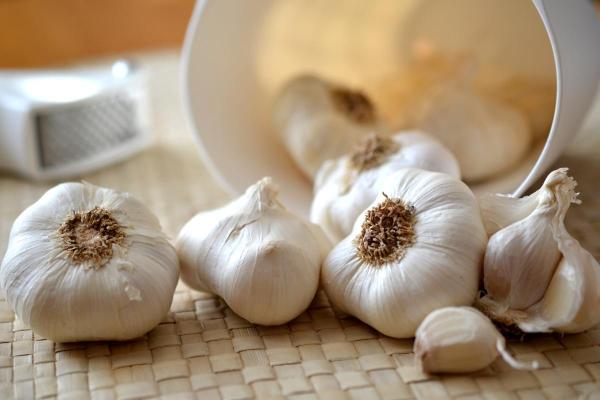
Eucalyptus
Eucalyptus (Eucalyptus globulus) provides a natural way to repel cockroaches. This Australian tree contains eucalyptol, a potent compound that interferes with cockroach navigation and feeding patterns by disrupting their olfactory system.
Create a basic repellent spray by mixing 15 drops of eucalyptus essential oil with 1 cup of water. Apply this solution to doorways, windowsills, and areas where cockroaches enter or travel. Focus on dark corners, under appliances, and along baseboards.
For longer-lasting protection, soak cotton balls with 5 drops of eucalyptus oil and place them in cabinets, behind furniture, and under sinks. Replace these cotton balls every 5 days to maintain effectiveness.
Make a cleaning solution by adding 10 drops of eucalyptus oil to your regular floor cleaner. This creates an additional barrier while cleaning. You can also add fresh eucalyptus leaves to sachets and place them in drawers and closets, replacing them when the scent fades.
Know your enemy. Learn to identify cockroach species in our other article.

Lemon
Lemon (Citrus limon) also provides a natural way to repel cockroaches. This citrus fruit contains limonene, a compound that creates a potent barrier and disrupts cockroach behavior when concentrated in essential oil form.
Create a basic barrier spray by mixing 20 drops of lemon essential oil with 1 cup of water. Apply this solution around doorways, window frames, and other entry points. Spray along baseboards and in corners where cockroaches commonly travel.
For targeted protection, add 5-6 drops of lemon essential oil to cotton balls and place them under sinks, behind appliances, and inside cabinets. Replace these cotton balls every 4-5 days to maintain the barrier.
You can also simmer lemon peels in water for 10 minutes, strain, and use this infusion as a spray once cooled. This creates an additional protective barrier while cleaning.

Clove
Clove (Syzygium aromaticum) repels cockroaches through its active compound eugenol. This concentrated oil drives insects away while staying safe for households.
Create sachets by filling mesh bags with 2 tablespoons of whole cloves. Crush them to release oils, then place in cabinets, drawers, and under sinks. Crush the cloves again every few days to maintain scent strength.
For a spray solution, simmer 10 whole cloves in 2 cups of water for 15 minutes. Strain the cooled liquid and transfer to a spray bottle. Add 1 tablespoon of white vinegar to help the solution stick to surfaces. Apply to baseboards and entry points.
Place whole cloves along windowsills and door frames during summer months when cockroaches are most active. Replace weekly and use with spray treatments for better coverage.
Natural repellents help prevent serious health risks. Read about cockroach diseases in our related article.
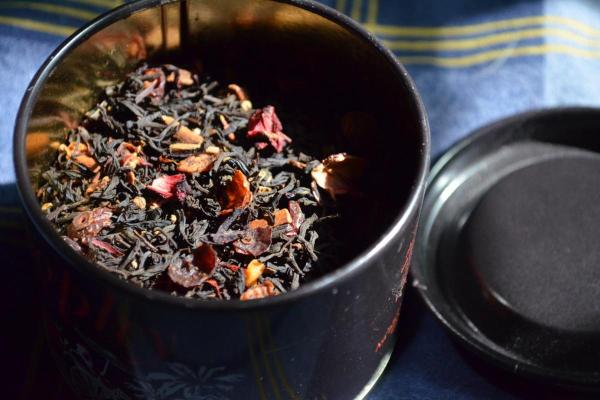
Camphor
Camphor (Cinnamomum camphora), treasured in traditional medicine for centuries, is also one of nature's most potent insect deterrents. This crystalline substance, extracted from camphor and rosemary trees, overwhelms cockroaches' sensitive olfactory systems, forcing them to retreat.
Turn this powerful compound into an effective pest barrier using camphor tablets. Place one tablet in each corner of problem areas. For larger spaces, position 2-3 tablets to create an invisible protective zone. These tablets slowly release their repellent properties over several weeks.
Enhance protection by dissolving a camphor tablet in 2 cups of warm water. Once cooled, transfer to a spray bottle and apply around entry points and dark corners. For an extra boost, combine this solution with rosemary, which is another natural repellent that complements camphor's effects.
During humid seasons when cockroach activity increases, create camphor sachets using small mesh bags. Fill each with 2 crushed tablets and position near water sources and warm areas where pests gather. Replace monthly or when the scent fades.

Thyme
Thyme (Thymus vulgaris), a Mediterranean herb known for its culinary uses, doubles as a powerful natural repellent against cockroaches. Its active compound, thymol, disrupts insect behavior while providing antimicrobial benefits in your home.
Transform thyme into a pest control solution by adding 20 drops of thyme essential oil to 2 cups of warm water. Mix in a teaspoon of white vinegar to help the oil disperse evenly. This mixture creates an effective spray that leaves a clean, herbal scent while deterring cockroaches.
For daily cleaning that also repels pests, add 15 drops of thyme oil to your mop water. The scent will linger on floors and baseboards, creating an invisible barrier. You can also steep fresh thyme sprigs in hot water, strain, and use this infusion as a natural surface cleaner.
During severe infestations, soak strips of cloth in thyme oil solution and place them along walls and under cabinets. Change these strips weekly.
Night is when cockroaches hunt. Learn their habits in our related article.
If you want to read similar articles to What Smells Do Cockroaches Hate?, we recommend you visit our Facts about the animal kingdom category.
- Baldwin, L., & Elliott, H. (2018). Repellent properties of Lavandula against cockroaches. Journal of Pest Science, 64 (2), 98-106.
- John, Reshma & Mathew, Anu. (2024). Study of Repellent Activity of Different Plant Powders against Cockroach ( Periplanata Americana ).
- Nagal, Raphael. (2019). Development of Chalk from Selected Herbs as Cockroach (Periplaneta Americana) Repellents. JPAIR Multidisciplinary Research. 35. 10.7719/jpair.v35i1.654.
- Phillips, Alicia & Appel, Arthur. (2010). Fumigant Toxicity of Essential Oils to the German Cockroach (Dictyoptera: Blattellidae). Journal of economic entomology. 103. 781-90. 10.1603/EC09358.



